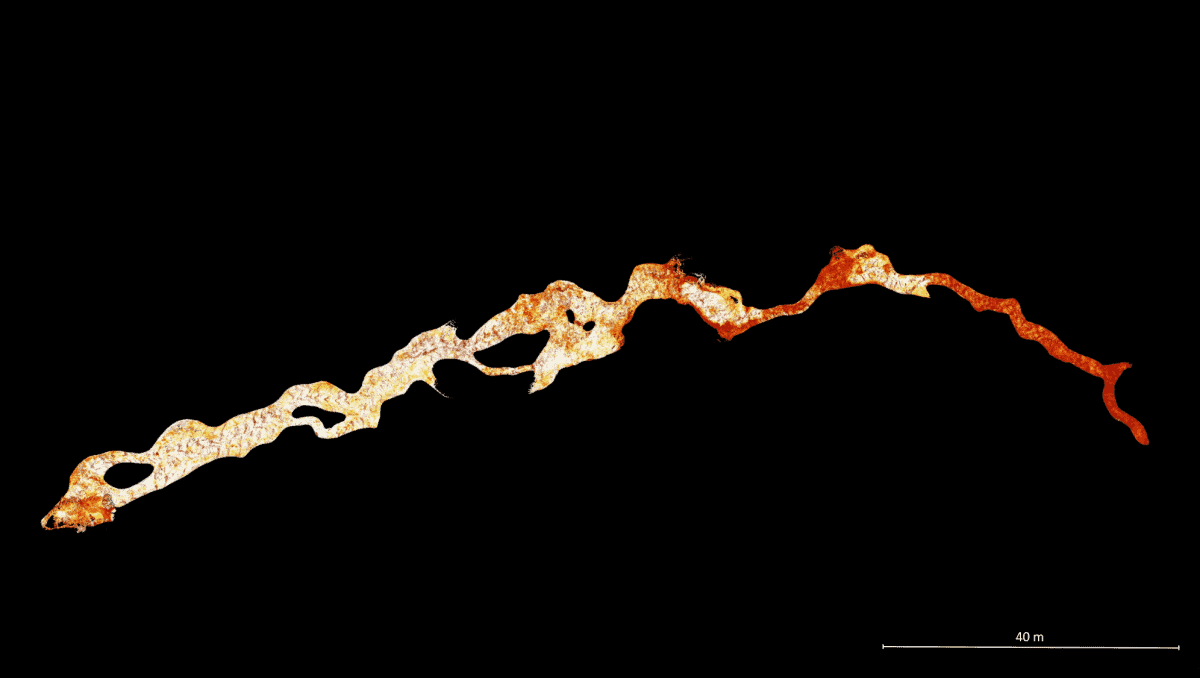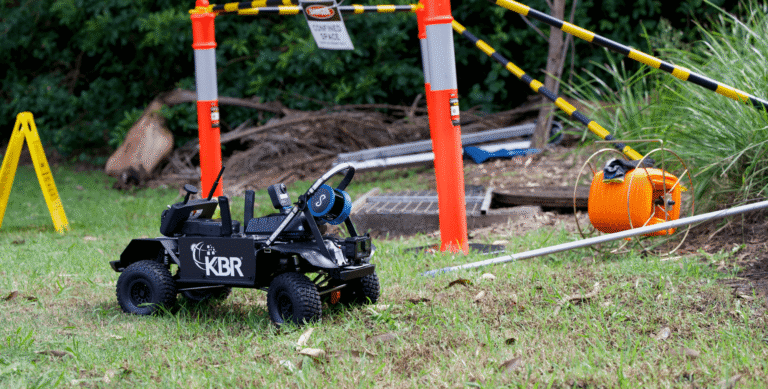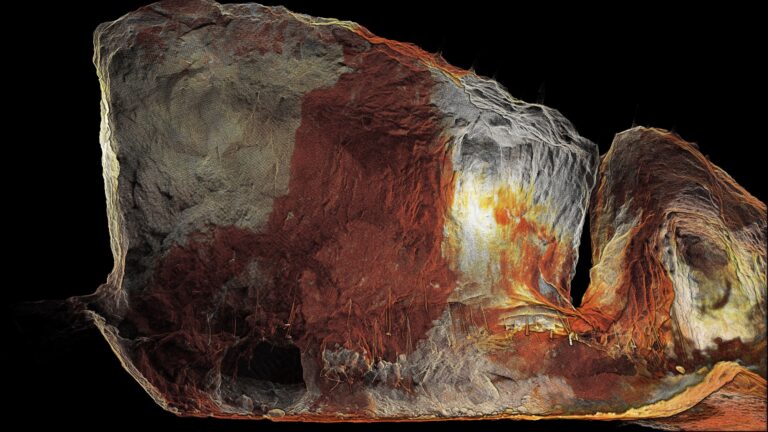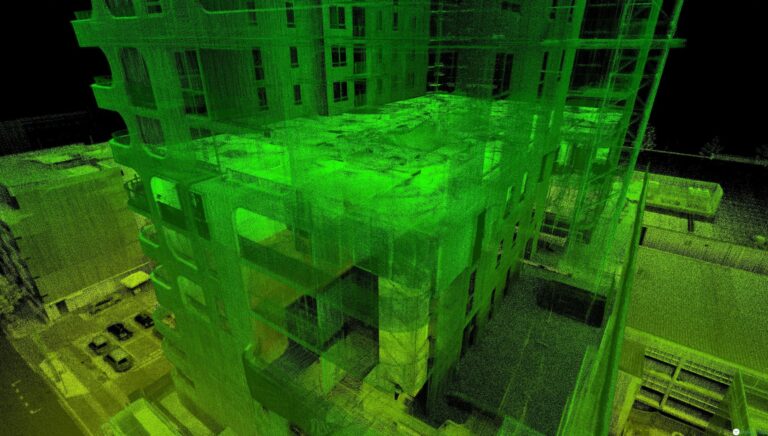Into the dark unknown: How Hovermap is helping drive NASA’s future planetary ambitions
NASA recently took one more giant leap for mankind after its Mars Helicopter, Ingenuity, made the first-ever test flight on another world. It was a major effort for the helicopter, a project that was decades in the making at the organization’s Jet Propulsion Laboratory (JPL).
Back on Earth, JPL is taking steps that will drive humanity’s inter-planetary ambitions even further in the future, as it seeks to answer a question that scientists have pondered for decades: could the miles-long lava tubes on Mars finally provide signs of ancient, alien life?
To find out, NASA’s BRAILLE project (which stands for Biologic and Resource Analog Investigations in Low Light Environments) is exploring far into the caves in the Lava Beds National Monument in Northern California to find and characterize microbial life and the mineralogical features it deposits in the caves.

As part of the project’s research and development, JPL has deployed Emesent’s Hovermap technology to explore caves throughout California. Using Hovermap by walking or mounted on an autonomous robot, JPL is using Emesent’s 3D LiDAR-based SLAM techniques to create extremely high-resolution point clouds of these underground environments. Hovermap delivers researchers clear and detailed maps of the tubes, contextualizes the robot’s location, and provides BRAILLE scientists with a deep level of detail they can then use as a basis for biological sensing.

By creating these detailed topologies of the lava tubes, the team is better able to create images that show the subtle differences in cave geometries, textures and structural fractures, all of which influence the environmental conditions that support life there. It’s a first, crucial step to better predict where to find the highest density of microbial life in caves on Earth, developed over millions and billions of years, and possibly on Mars.
The highly detailed point clouds Hovermap produces will give the team a foundation to create semantic annotations and layer additional information crucial to their research around biological and chemical signs of life in the lava beds here on Earth.



